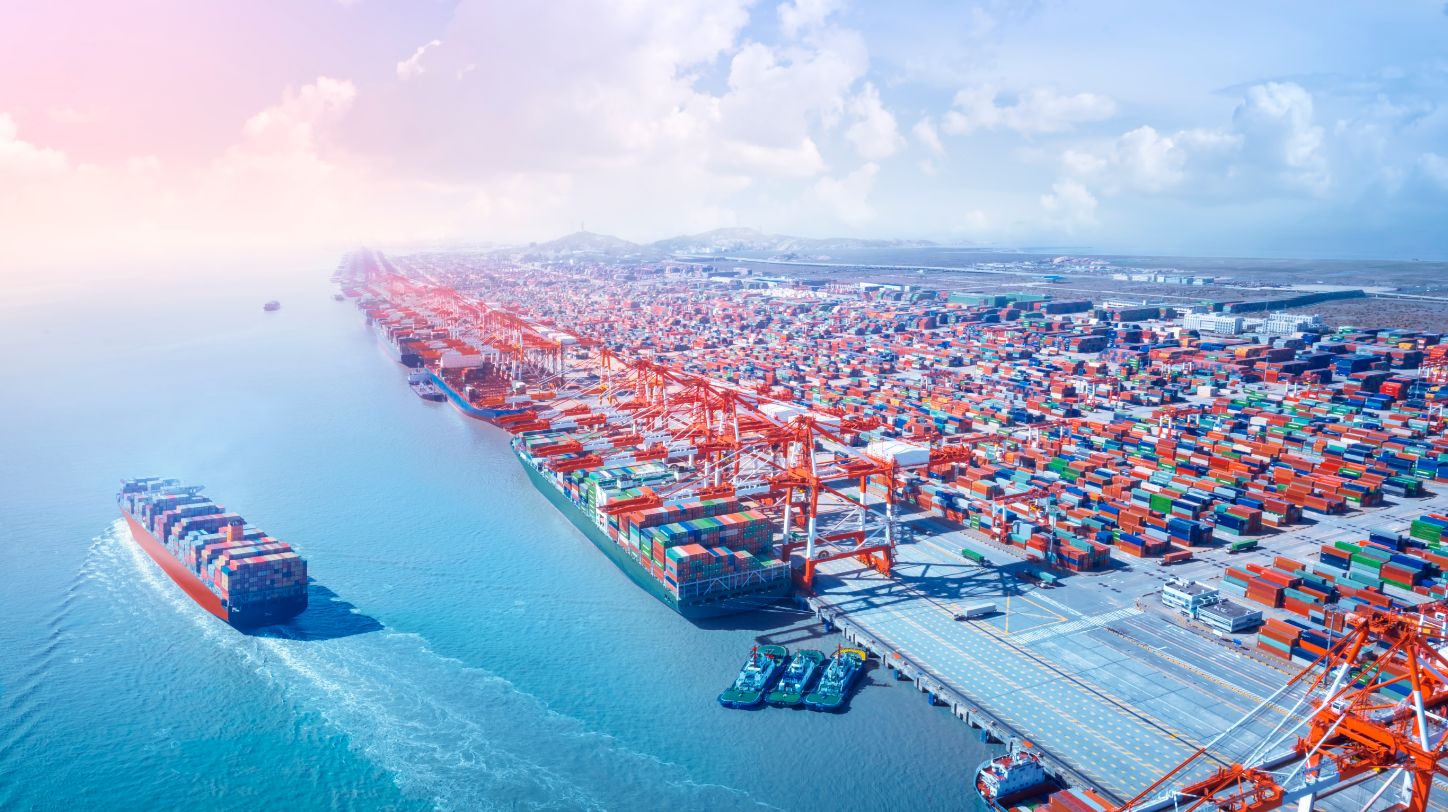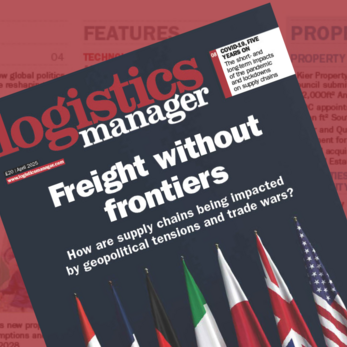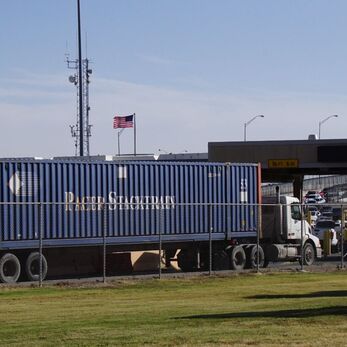Global trade activity is stabilising with a mixed pace of recovery across different regions, according to Tradeshift’s “Index of global trade health Q2, 2024”. Findings show, while the US and China continue to show strong performance, Europe is beginning to plateau, and the UK struggles to regain momentum. Emerging markets like Vietnam, India, Malaysia and Mexico are experiencing rapid growth due to increased supply chain diversification.
Total transaction volumes between buyers and suppliers on the Tradeshift network remained flat compared to the previous quarter, missing growth expectations by three points. Order volumes, which had peaked above expectations at the end of 2023, dipped six points below anticipated levels in Q2.
James Stirk, CEO of Tradeshift, commented: “Order volumes have been climbing rapidly over the last six months, but we’re now seeing the rate of acceleration begin to cool. This may well be the first indication that global trade’s recent resurgence is beginning to find its level, which may not necessarily be a negative.” Stirk emphasised that a more measured growth rate could allow supply chains to adapt and stabilise, reducing the risk of the bottlenecks and disruptions that have plagued the industry recently.
The report highlighted that the US maintained its momentum, with trade activity exceeding expectations for the second consecutive quarter. Transaction volumes in the US tracked one point above the baseline, indicating continued robust performance. Meanwhile, China’s trade activity continued to rise, exceeding expected levels by one point in Q2. This growth follows a significant decline in the latter half of 2023, suggesting a recovery from a low base.
In contrast, the Eurozone’s trade activity remains three points below the baseline. Despite a positive start to the year, the region has not surpassed this level in over two years, indicating a plateau. The UK saw a decline in trade activity, with transaction volumes ending Q2 five points below anticipated levels, highlighting ongoing challenges in maintaining growth.
Emerging markets are showing significant promise, according to the report. Countries like Vietnam, Malaysia, India, and Mexico are benefiting substantially from shifts in global supply chains. Transaction volumes in these regions are growing at rates well above the global average, indicating their rising importance in global trade dynamics.
The report also highlights varied performance across sectors. Manufacturing activity decreased slightly, indicating a slowdown in this critical sector, while demand for freight capacity remained high, reflecting ongoing logistical needs. The retail sector continued its slow growth trend with little change over the past 18 months. In terms of supply chain liquidity, while cash flow pressures on suppliers have eased, payment cycles are still 5% longer than pre-pandemic levels, posing challenges for small and mid-sized enterprises.
Stirk added that geopolitical tensions and economic fragmentation are increasingly shaping the recovery landscape. “Winners and losers are now starting to emerge. At the business level, success means forging new trade relationships quickly while avoiding becoming tangled in a web of tariffs, taxes and ESG regulations. Digitalisation is crucial in enabling companies to adapt to changing conditions.”









